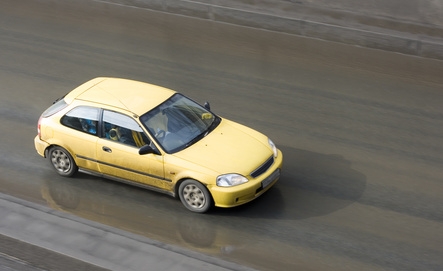
A transmission is most commonly used in vehicles and uses gear ratios to provide speed and torque conversion from a rotating power source to another tool. A hydrostatic uses hydraulics to accomplish this. However, the transmission is different--half the transmission is a hydraulic pump and the other half of the transmission is a hydraulic cylinder. The transmission is often used in tractors and big vehicles, as well as machinery, such as snow blowers. The hydrostatic transmission has several advantages.
Hydrostatic transmissions last longer than other transmission types, according to the Hydraulics Pneumatics website. Unlike in geared transmissions, hydrostatic transmissions are protected by relief valves. This means they are protected against over stressing due to rapid starts. Even in the heavier hydrostatic transmissions, pieces--such as filters, drains and fill points--are provided to the owners to maintain their transmissions. This means the transmission infrequently fails unless something actually breaks in the drive gear box at the rear end of the transmission. This durability is further shown by the hydrostatic transmission's ability to withstand bad weather.
According to the Hydraulics Pneumatics website, hydrostatic transmissions need less maintenance. Due to the transmission's simpler design, it requires less maintenance than a general transmission. Since the transmission is not built with competitive units, this means that it virtually requires no maintenance. Most hydrostatic transmissions have only one checkpoint for the transmission, differential and hydraulic system, which cuts down any time required to ensure that your transmission runs smoothly.
A hydrostatic transmission changes directions more smoothly and efficiently than a lot of other transmissions, according to the Hydraulics Pneumatics website. For example, the lever that is in control of the speed also controls the braking. This means a clean, relaxed brake instead of an abrupt halt. Only one lever is in control of the direction and the speed. Unlike other transmissions, there is no clutch, no synchronizer and no shifting. This means that changes can be made easily without a gear change--similar to the difference between driving stick and driving automatic. You only need one hand to change speed or direction. Further, the control can be adjusted infinitely, which gives you both control and comfort.